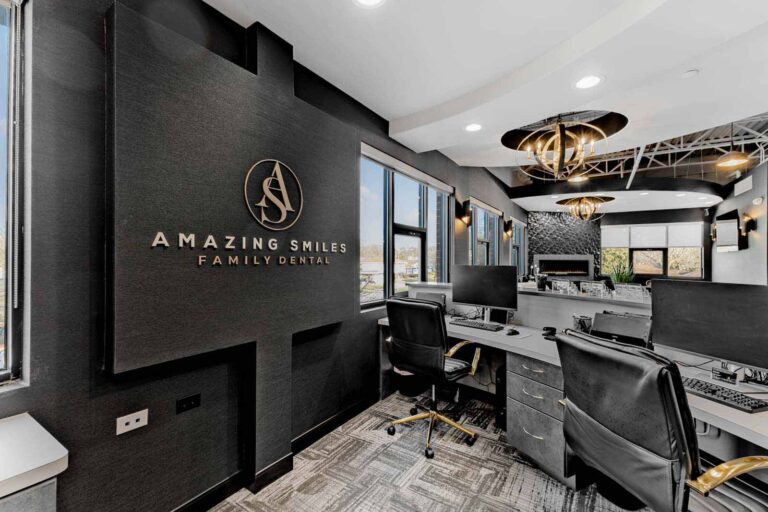Sedation: Taking the Fear Out of Dental Care
As we age, we come to understand that a lot of the things we didn’t enjoy as kids were actually for our own benefit. Even some of these things, such as eating our vegetables or going to bed early, may end up becoming favorite activities. But let’s be real, when you’re stuck in a dentist’s office and you hear an eight-year-old boy having a meltdown, you can relate! Going to the dentist is rarely anyone’s favorite thing to do.
For many people, the thought of a dental appointment can be intimidating and even anxiety-inducing. Unfortunately, this fear of the dentist has caused about 15% of Americans to avoid regular check-ups altogether. This can lead to larger and more painful dental issues in the long run, as small dental problems are left untreated. Thus, it is important to confront this fear and make regular visits to the dentist to ensure good oral health.
At Amazing Smiles, we want you to know we understand coming to see us can seem intimidating, and we are committed to making your visit as comfortable as possible. Among other things we do to welcome you to our office, we can make most procedures relatively painless, thanks to the power of modern medicine.
Usually, a local anesthetic is enough to manage your pain. However, for some people pain isn’t the only concern. Patients who suffer from anxiety, for example, may be concerned the discomfort of a procedure will cause elevated anxiety. If that’s the case for you, don’t worry! Sedation can make your visit a breeze!
Controlling Dental Pain: Local Anesthesia vs. General Anesthesia vs. Sedation
Dentists use three primary methods to manage patients’ pain and stress during procedures:
- Local anesthesia: numbs the immediate area being worked on
- General anesthesia: makes you unconscious for the duration
- Sedative medication: calms you – dentists can choose different levels of sedative
Local anesthesia is applied directly to the skin or muscle in the area the dentist plans to work on, using either a swab or syringe. Alternatively, sedative medication can be administered to the patient through a needle or catheter inserted into a vein. This sedation puts the patient in a semi-conscious state, allowing them to respond to verbal commands without the need for close monitoring like with general anesthesia, in which the patient is completely unconscious.
Many sedatives leave the patient with no memory of the procedure, so they don’t have to worry they will have traumatic memories of the procedure. A combination of local anesthesia and sedative medication makes a patient’s experience both painless and more emotionally comfortable.
Oral sedatives (by mouth) often simply calm a person’s nerves a bit. These sedatives leave the patient fully conscious but help them relax during the dental procedure.
The type of sedation a dentist uses depends on individual needs of each patient.
Going to the dentist may not ever be one of your favorite things, but at Amazing Smiles we have ways (including sedation) to ensure your dental visit is as comfortable as possible. If you have questions about how we can accommodate you during your visit, or if you have specific questions about any procedure, give us a call at (708)444-7645, and we’ll be happy to ease your anxiety!

